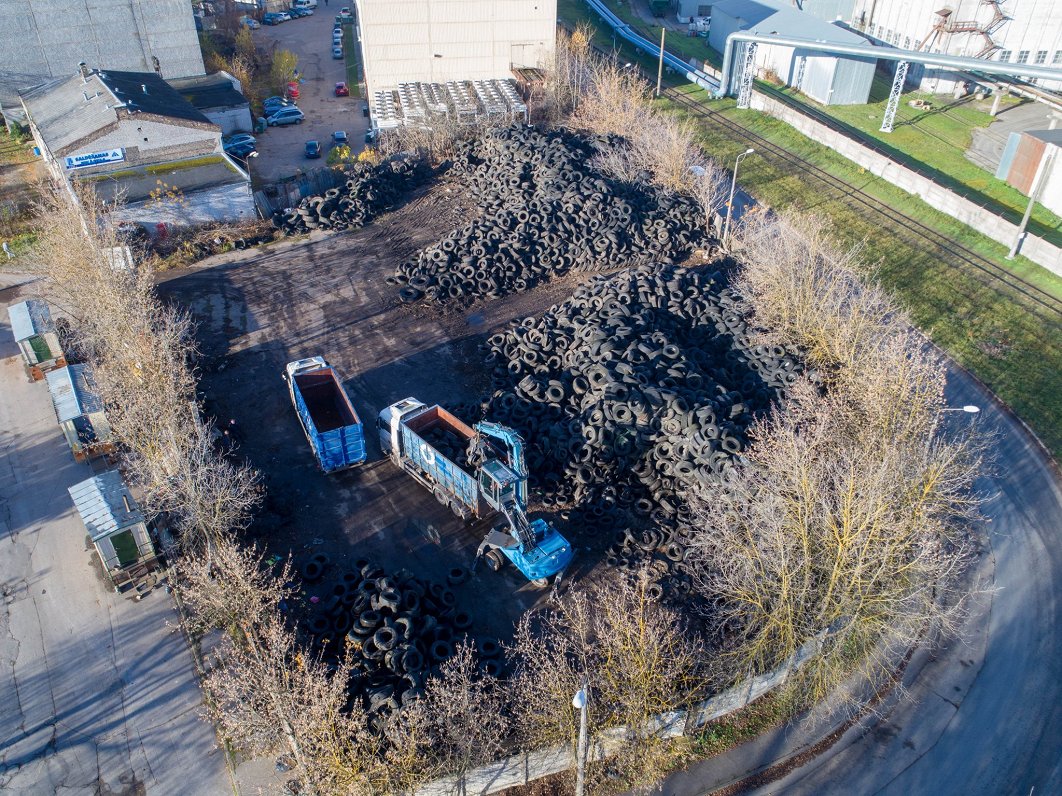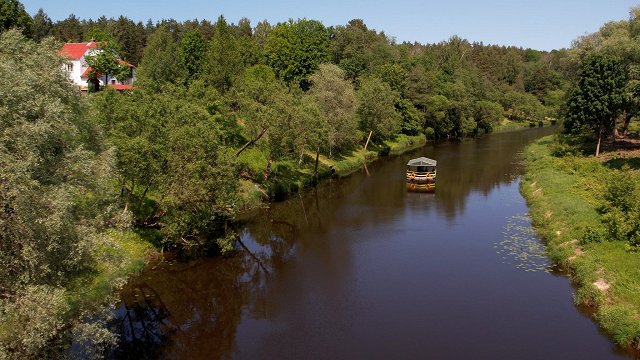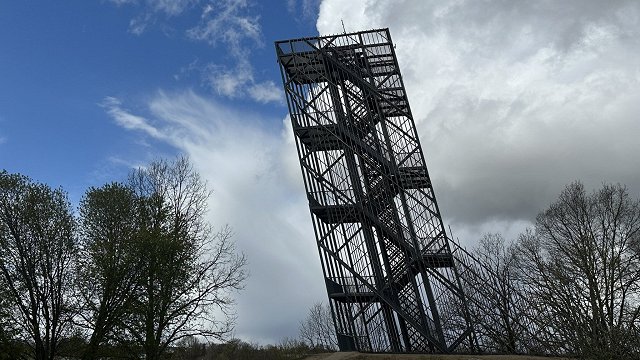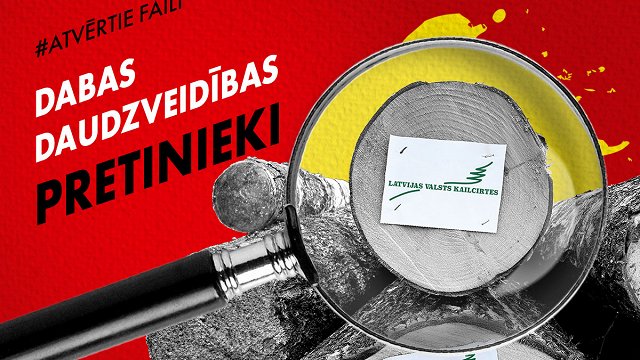Several years ago, a discussion arose regarding a plot on Starta Street, Rīga, where around 3,000 tonnes of end-of-life tires were found. In 2021, the problem was addressed by Latvian Television's De Facto. The tires have finally left the territory at the initiative of its new owner.
3R owner Uldis Skrebs said that due to the age of the tires, the recycling process was difficult, but in the end they were sorted and delivered to the largest rubber granules producers in Europe.
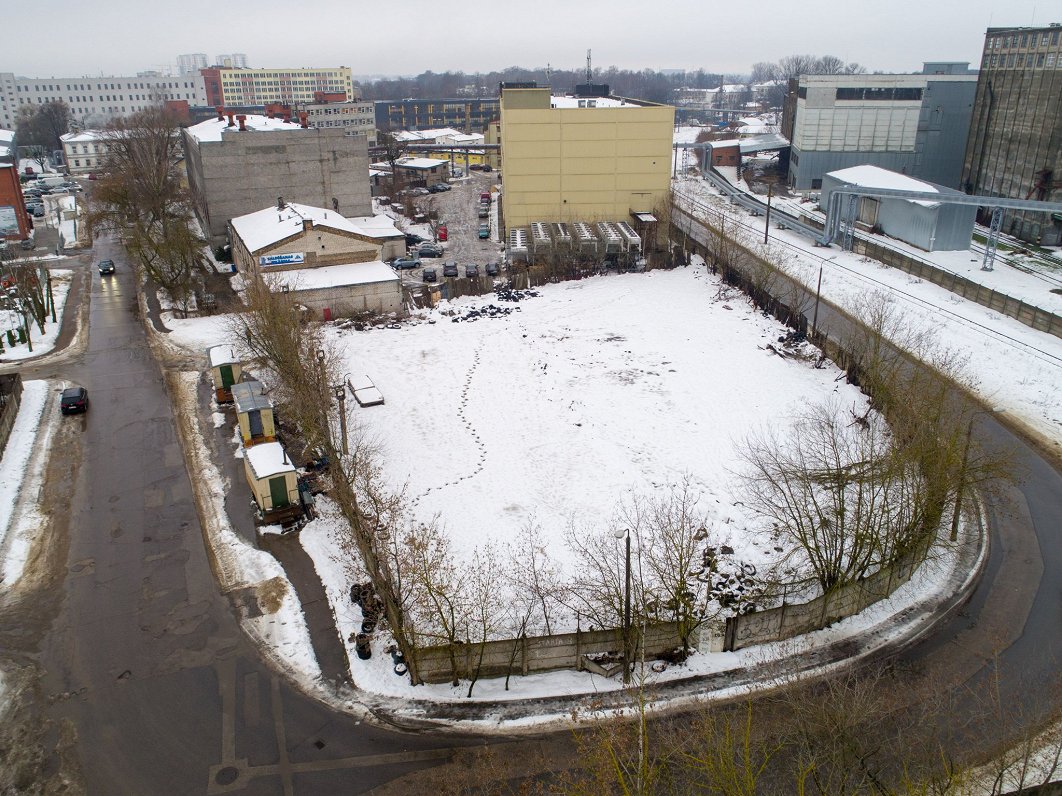
Kalvis Avotiņš, Director of the State Environment Service's (VVD) Regional Environmental Management of Riga, welcomed the first positive results of increasing the collection rates for end-of-life tyres.
Data available from the Members of the Producer Responsibility Systems from the VVD show that the volume of end-of-life tires produced and collected during the first half of this year is lower than last year. Similarly, the recycling rates of tires in the territory of Latvia and the number of tires shipped from Latvia for processing to other countries of the European Union are decreasing. However, the transfer of tires to recycling is essential because any degraded and illegal waste in the free environment, including end-of-life tires, cannot be excluded from environmental safety or from the overall inclusive landscape. The VVD stressed that, in the event of malicious ignition of stored tires, this would directly lead to air pollution and would have a negative impact on the quality of the living environment of nearby residents.
The end-of-life tires are also not suitable for municipal waste containers because they cannot be buried in waste dumps, because of their shape the air remains in the tires and makes them float, resulting in traveling up and breaking the soil. An even less suitable place for old tires is forest, because the tires break down particularly slowly and have a negative impact on the environment by breaking down. The end-of-life tires must be placed in landfills intended for recycling.
